Lemonade.
When it came time to pass around the snacks, my students asked me if had brought the lemonade on purpose. "Uh, no, not really, I just like it." And they were surprised, because all they could think about was Beyoncé's new release. They asked if they could play the album while we circulated thank-you cards to write. "Sure, why not?"
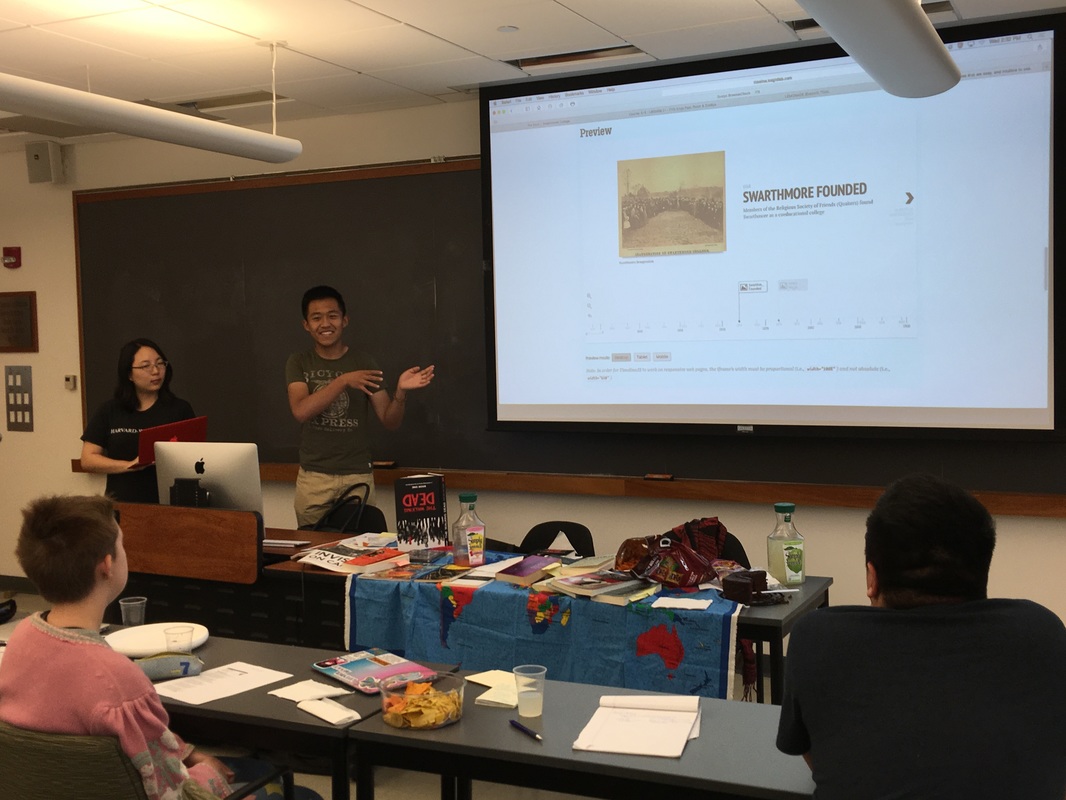
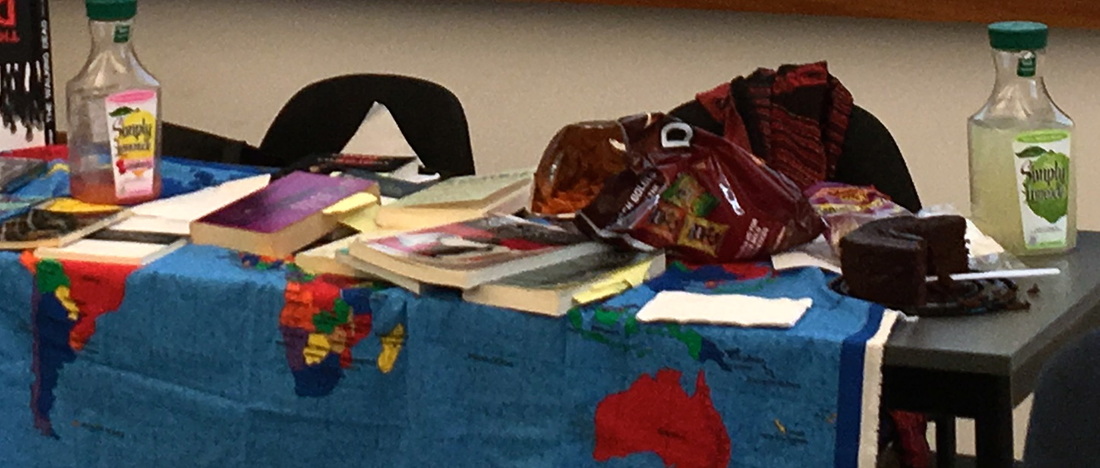
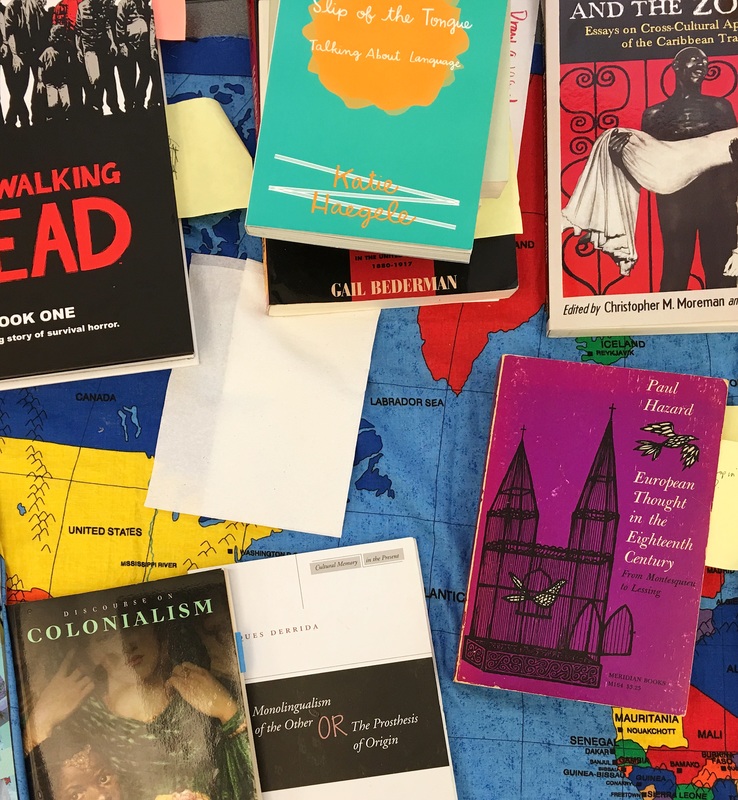
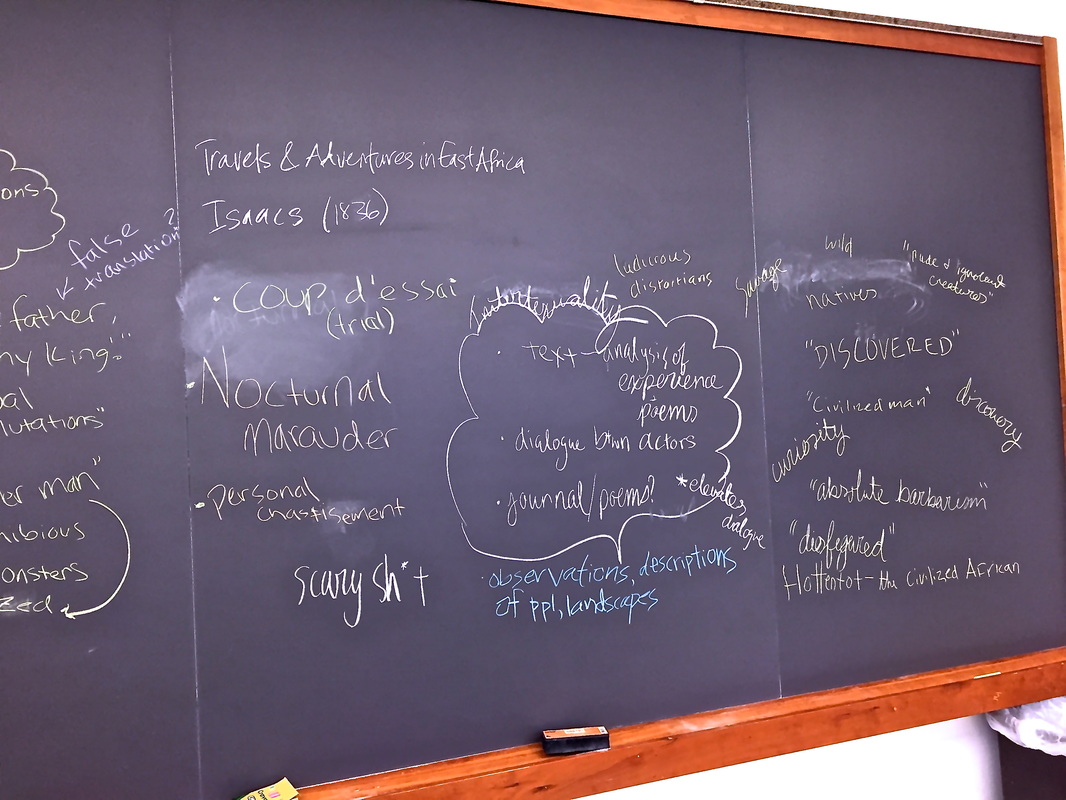
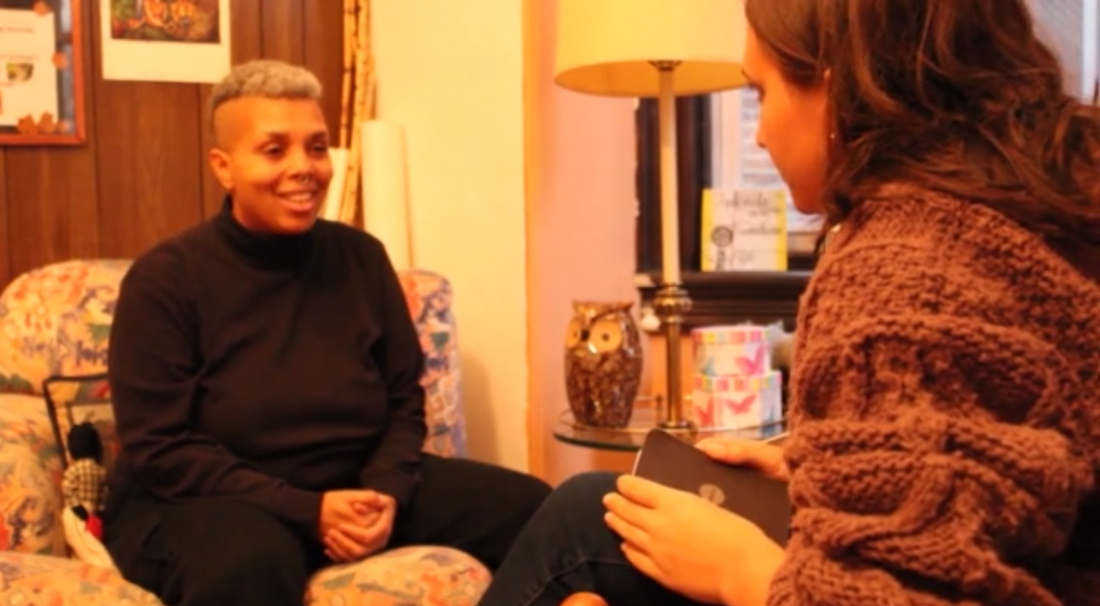

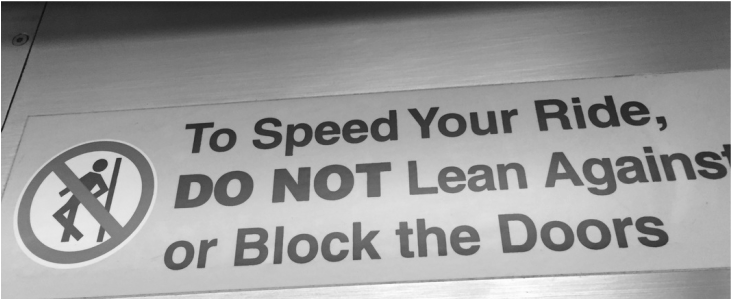
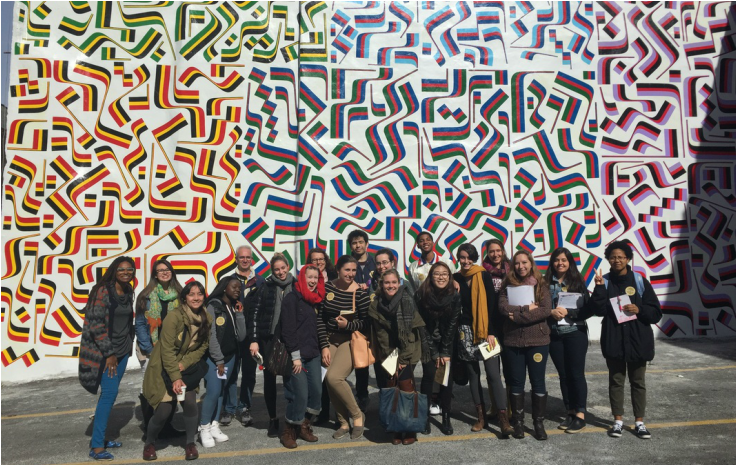
 RSS Feed
RSS Feed